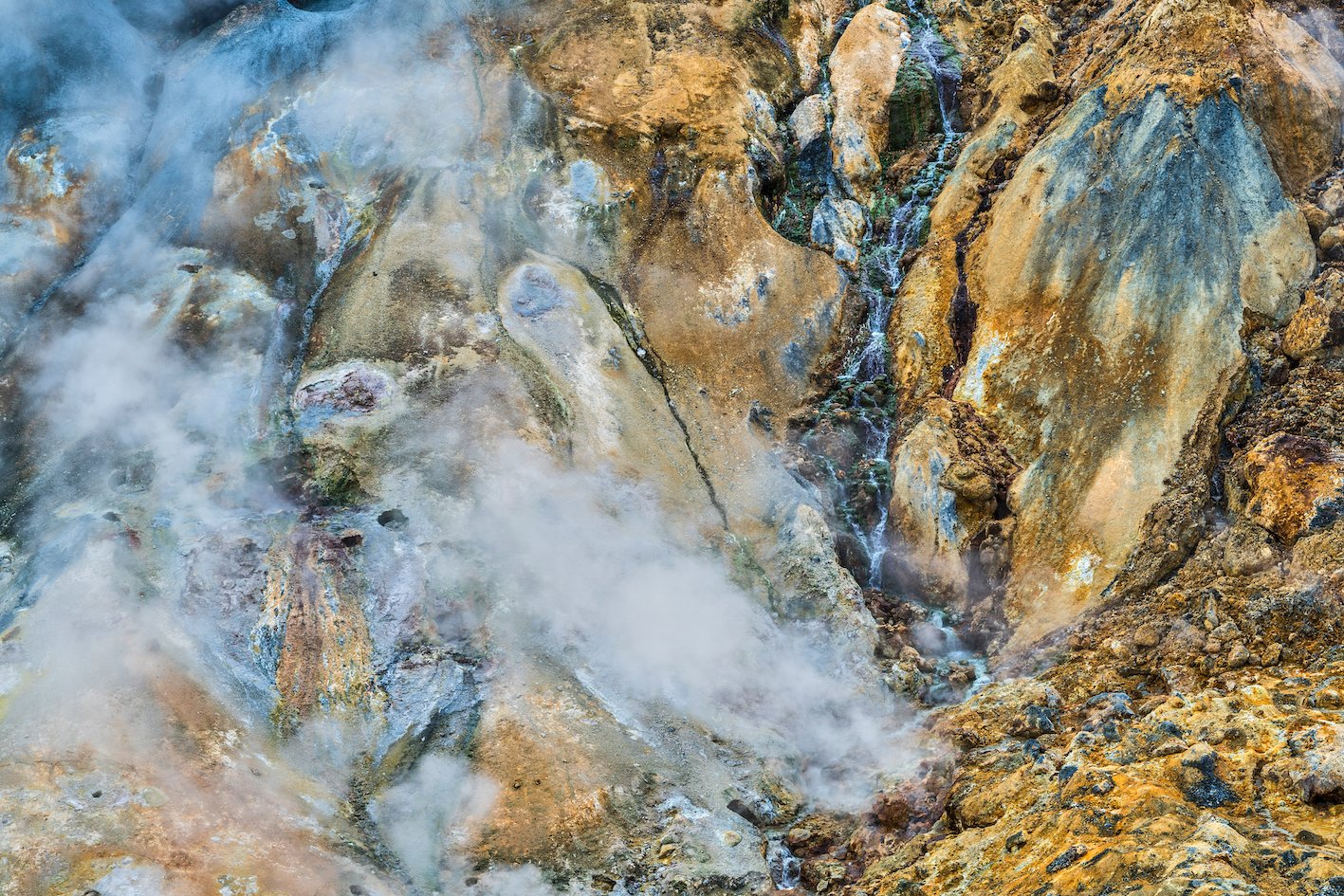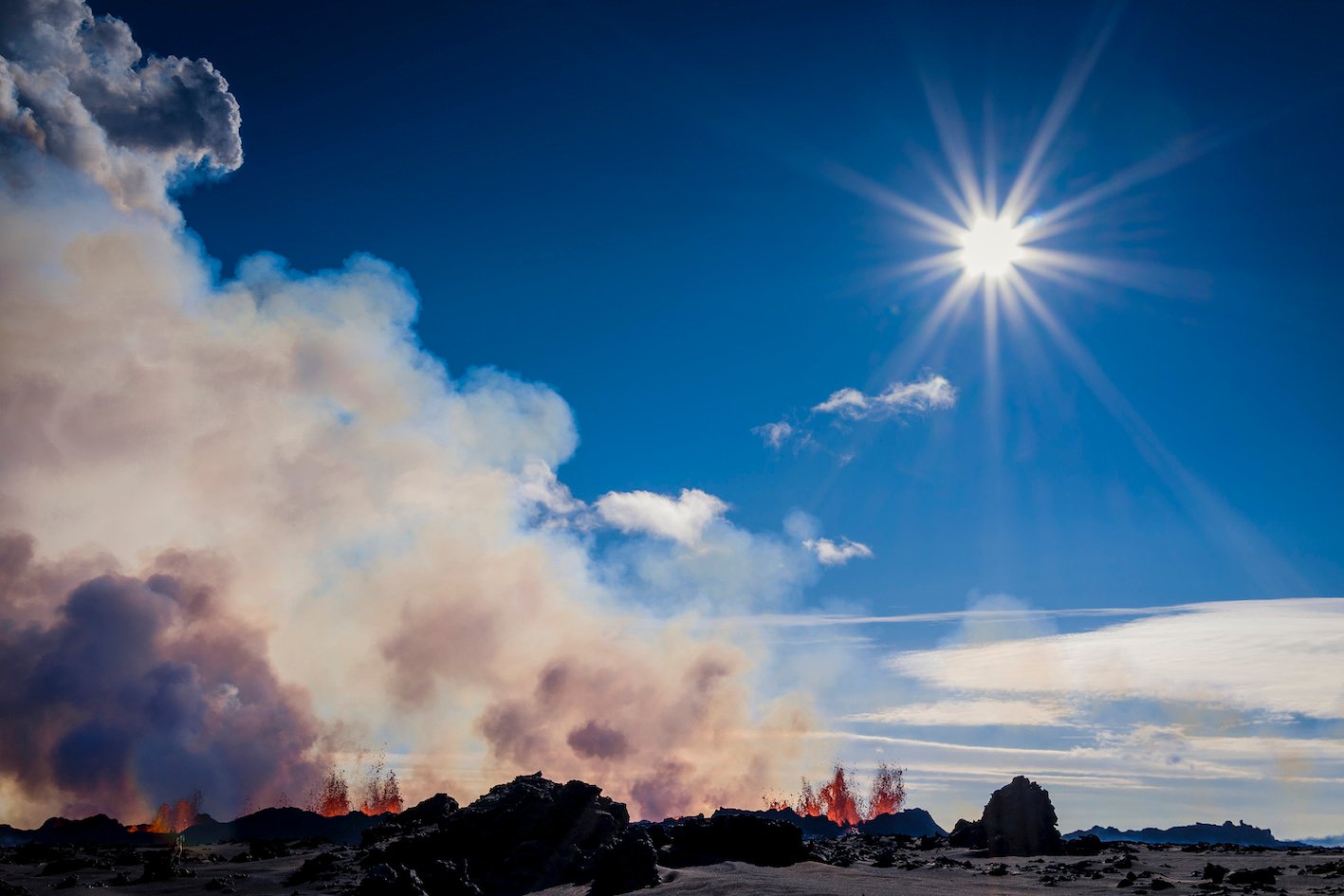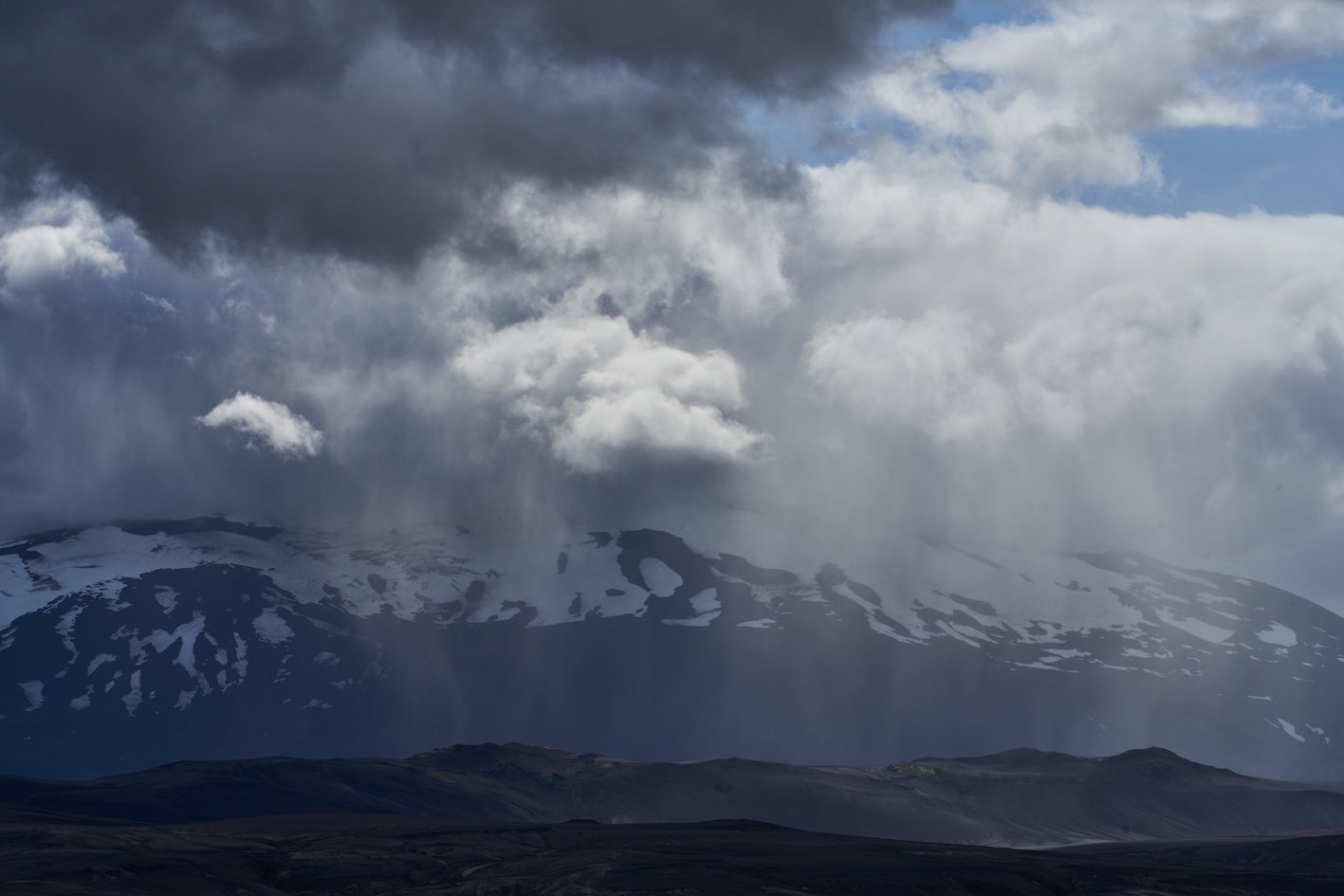In the last 250 years, or since 1773, there have been 88 volcanic eruptions in Iceland, most of them in Grímsvötn in the middle of Vatnajökull, which erupted in 1774, 249 years ago. Grímsvötn is by far the most active volcano in the country, but in the last two hundred and fifty years it has erupted thirty-two times, which is one third of all eruptions in Iceland in the last 250 years. The eruptions in Grímsvötn are quite small compared to the largest eruptions during this long period.
The largest eruption is Skaftáreldar at Laki in the years 1783-1784. But in those eruptions the biggest lava field in one eruption in the world was formed. But the area covered by the lava is 580 km². About twenty percent of the population died in these disasters, and 75% of all livestock, which led to famine, not only in Iceland but in other countries as well . The great fog that followed the eruption caused crop failures around both the western and eastern seas, and historians believe that the French Revolution of 1789 began as a result of the eruption at Laki.
The next big eruption was over a hundred years later at Askja, a huge ash eruption, which caused many residents of the east to leave and move across the Atlantic , as a thick layer of ash covered a large part of the eastern half of the country. Askja, is now looking like it’s getting ready for a new eruption, which could begin in the next 12 months. The year 1918 saw the next big eruption, in Katla in Mýrdalsjökull. Hekla had a large eruption in 1947, and then there was a very large eruption south of Vestmannaeyjar in 1963, when Surtsey was formed. Ten years later, there was a powerful eruption in Heimaey, the largest island of Vestmannaeyjar.
Then there have been many smaller eruptions, most of them far from settlements, near Mývatn, Kröflueldar where a series of small eruptions that lasted from 1975-1984. It was not until 2010 that there was another big eruption, that time in Eyjafjallajökull. Then another, south of Askja in 2014, in Holuhraun. Of course, it is not known where the next big eruption will be, if it will be in Reykjanes, which is waking up with three small eruptions in as many years after an 800-year hiatus, or will it be in Askja, Katla or Torfajökull?



Photographs & text: Páll Stefánsson
Iceland 17/08/2023 : A7R II; A7R III, RX1R II : FE 1.8/135mm GM, 2.0/35mm Z, FE 1.4/50mm Z, FE 2.8/90mm G


